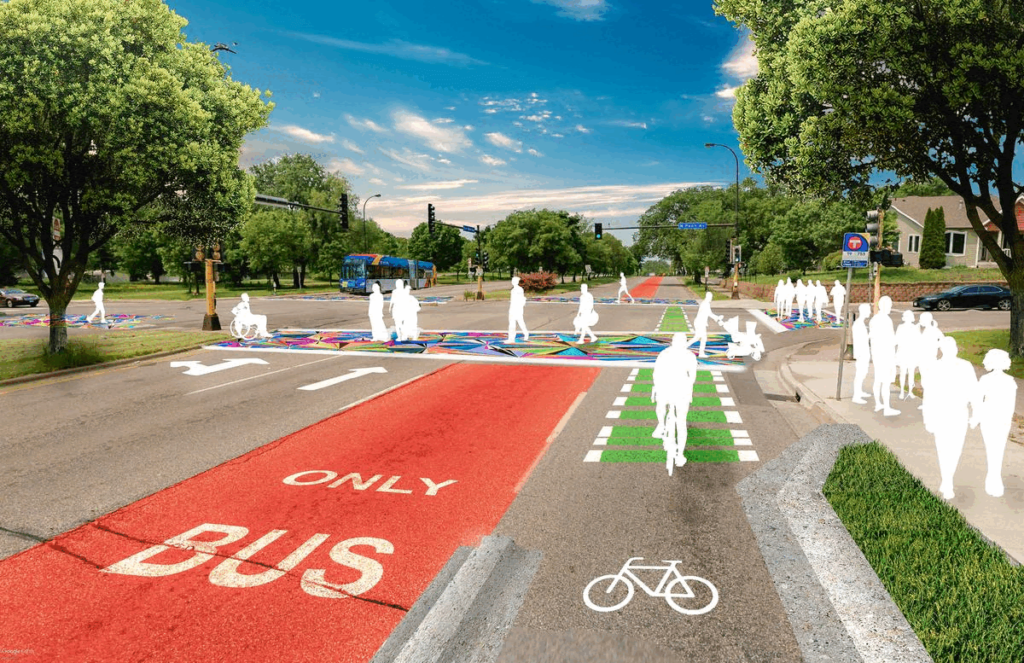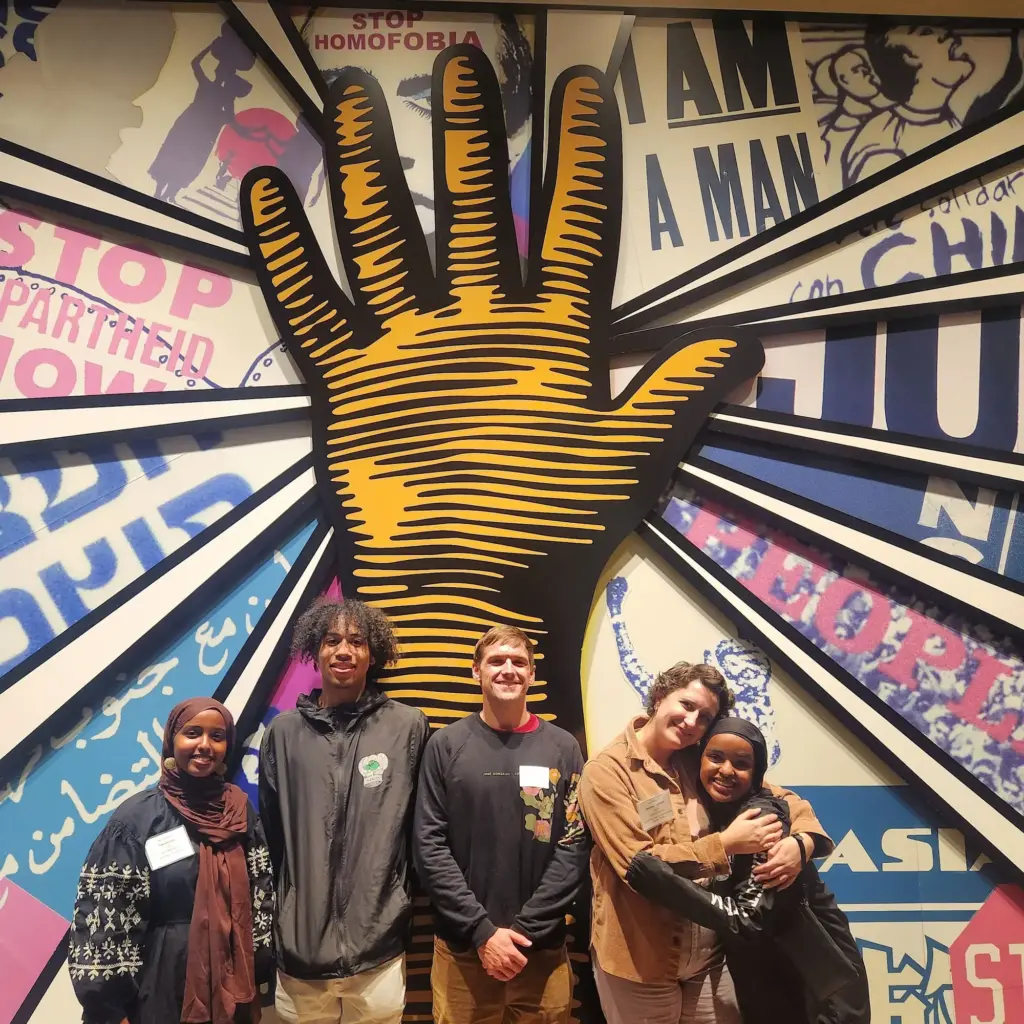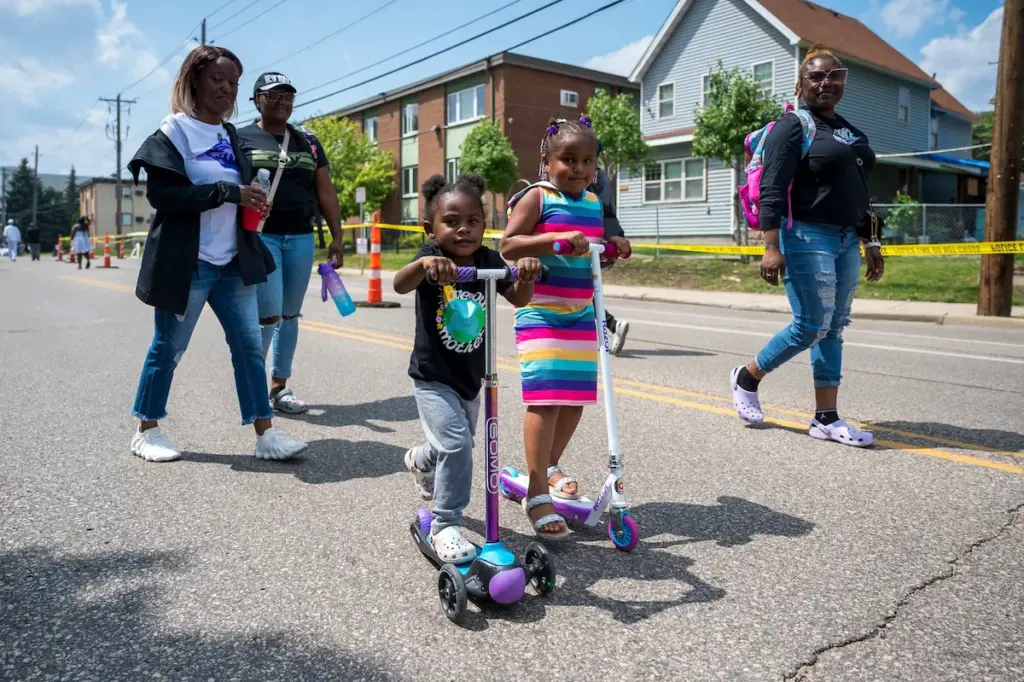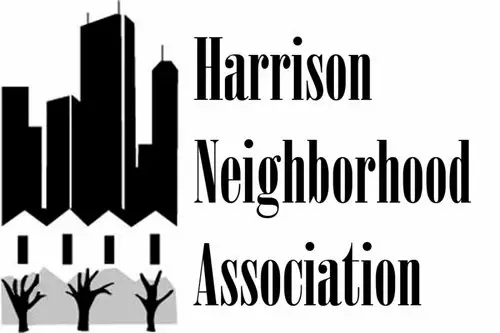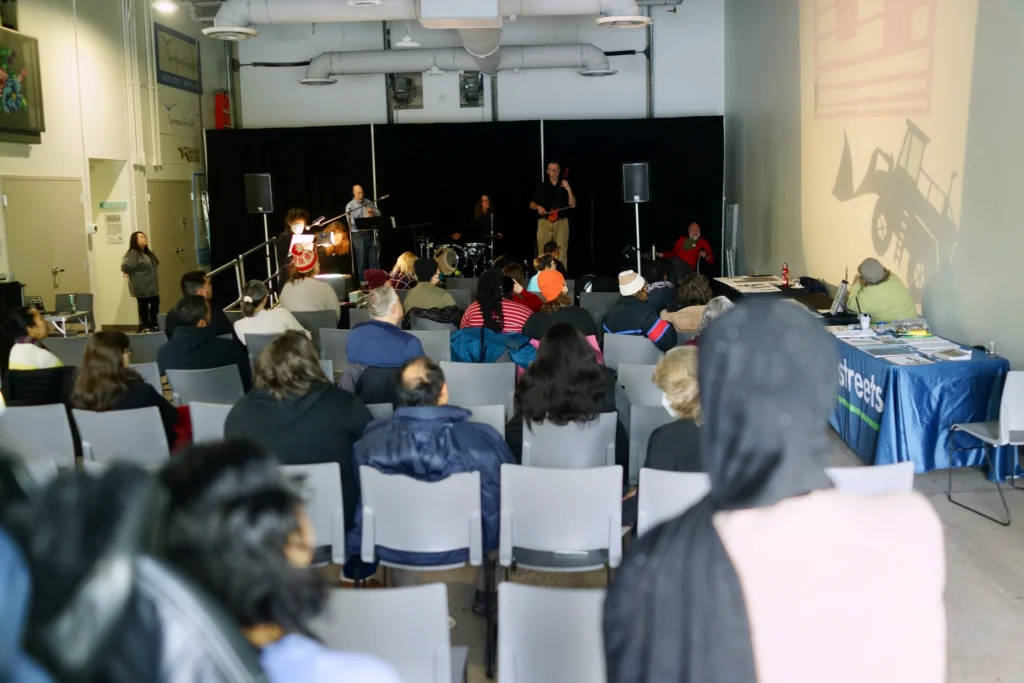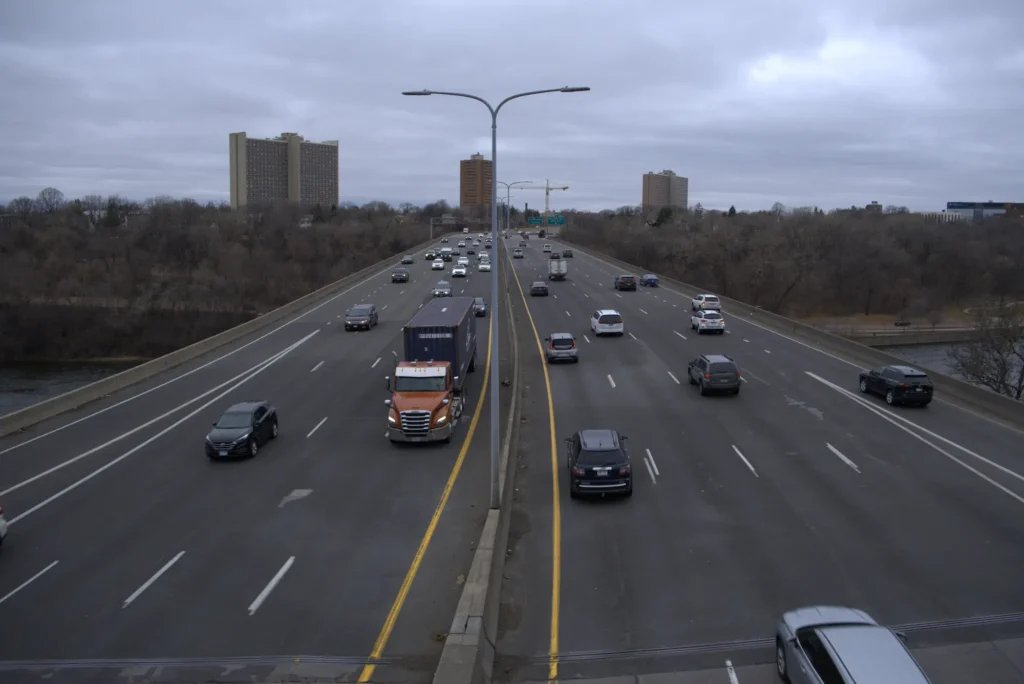Join us in advocating for highway land reclamation and the reconstruction of 6th Avenue North.
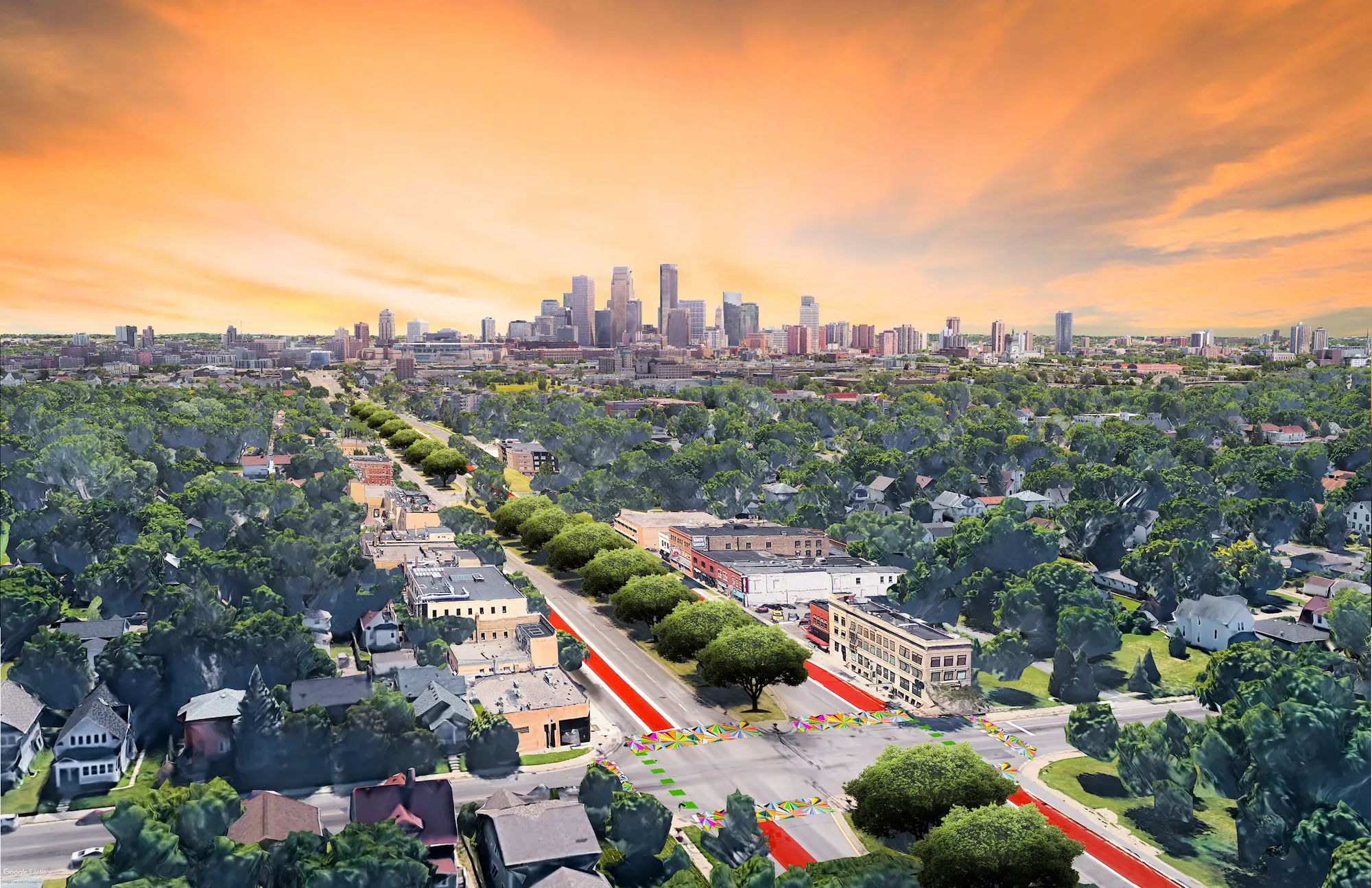
Repairing historic and ongoing highway harms.
Once called the “Beale Street of Minneapolis,” the old Near-Northside was an integrated Black and Jewish community that was destroyed in 1939 for the construction of Olson Memorial Highway, a low-trafficked highway “to nowhere” that has been polluting the neighborhood ever since.
The past, present, and future of Olson Memorial Highway, or the “highway to nowhere.”
Redlining, racial covenants, and white violence segregated the city.
Black and Jewish residents lived around 6th Avenue because of segregation and the systematic devaluation of their communities. Legal tools allowed bankers and the government to limit Black and Jewish residents from living anywhere but “less desirable” neighborhoods. Racially restrictive deeds, or covenants, prevented the sale of housing to non-white people, including Jews, concentrating minorities in specific neighborhoods.
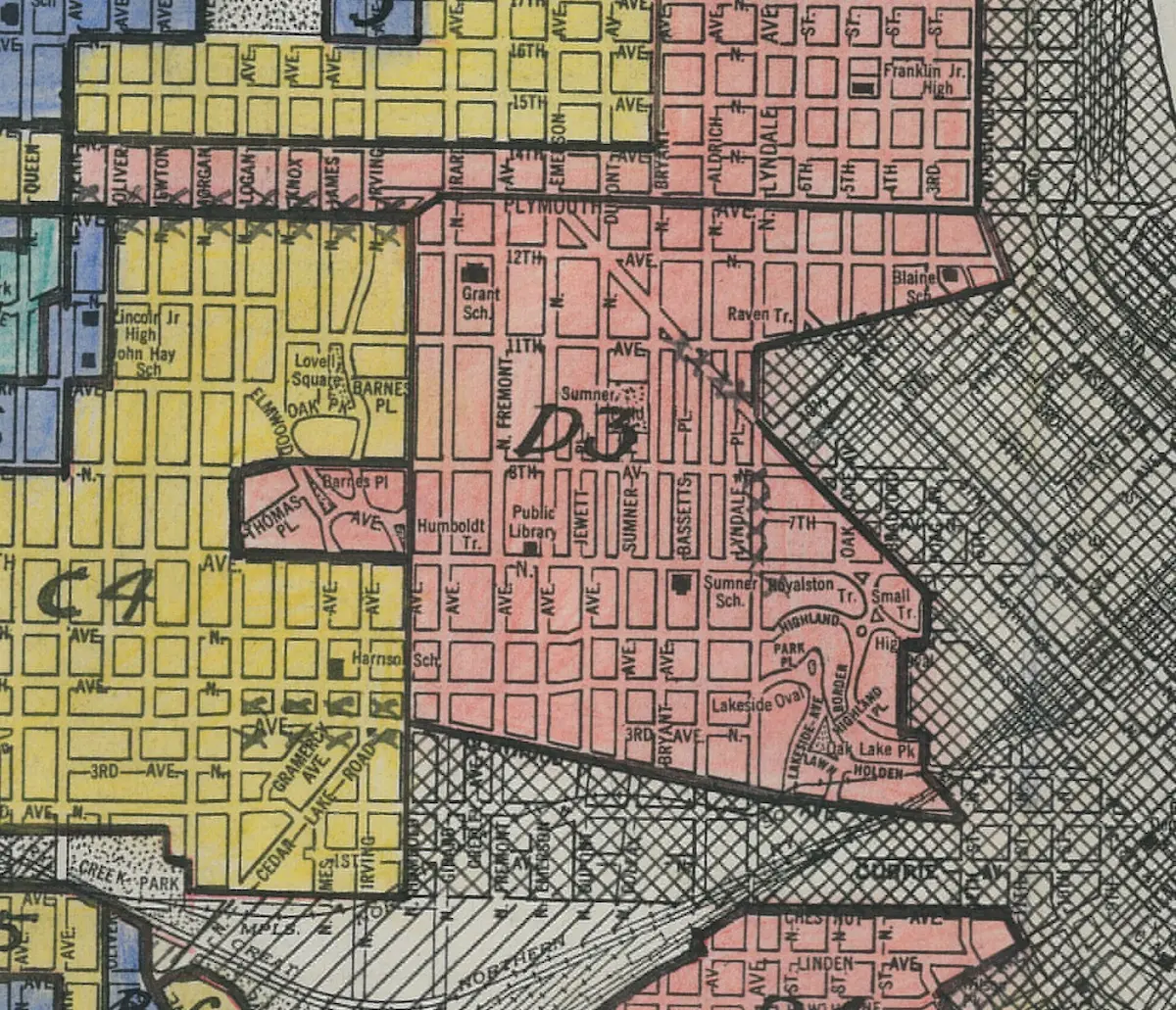
Olson Memorial Highway was purposefully routed through the neighborhood city officials deemed “blighted.”
In Minnesota, the construction of Olson Memorial Highway was a first-of-its-kind infrastructure project that allowed local and state planners to develop the playbook they would use for the next 40 years. Seven years after construction was completed, Olson Memorial Highway was “one of the least used express thoroughfares in the city,” according to a City of Minneapolis traffic engineer, later called “the highway to nowhere.”

Aside from Sumner Library, every home, music club, and business on 6th Avenue was destroyed.
Before Olson Memorial Highway, it was 6th Avenue North, a vibrant, walkable commercial district with thirteen restaurants, eleven synagogues, grocery stores, a laundromat, ice cream shops, five churches, a streetcar line, and a half dozen nightclubs and live music venues. The neighborhood housed influential Jewish and Black youth and community centers that would help shape music and culture, labor rights and housing laws, and activist thinking to this day.
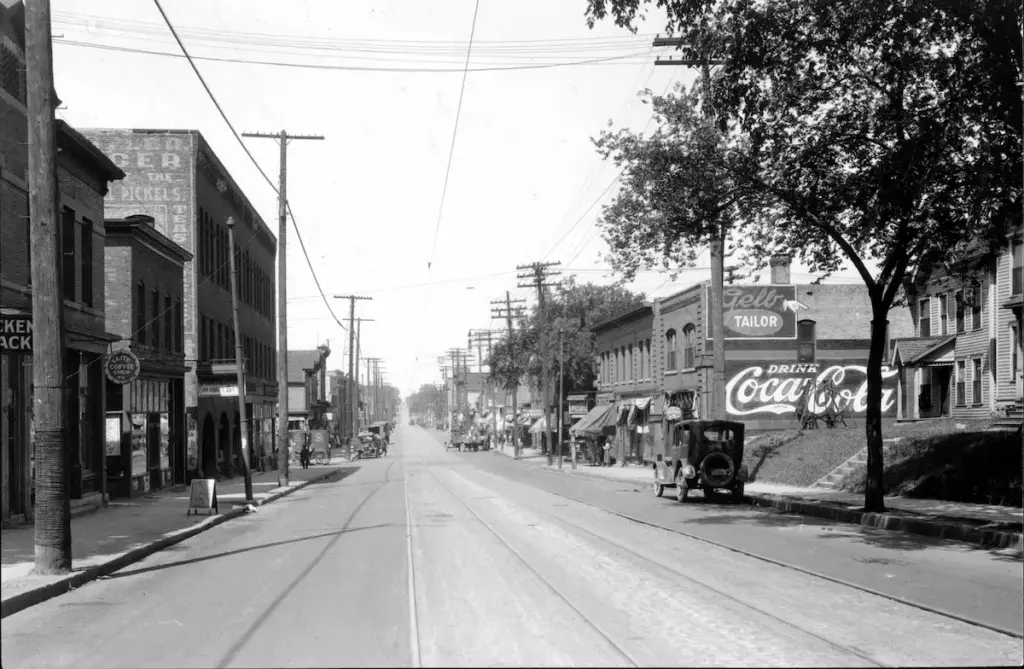
In the eight decades that followed, a cycle repeated itself again and again on the Near-Northside.
The story of 6th Avenue North is a poignant picture of the devaluation and ultimate demolition of a community’s assets through state-led harm. Government leaders and city planners sacrificed 6th Avenue without consulting its residents, mostly people of color. In the decades that followed, the highway was expanded, and the needs of commuters were prioritized.
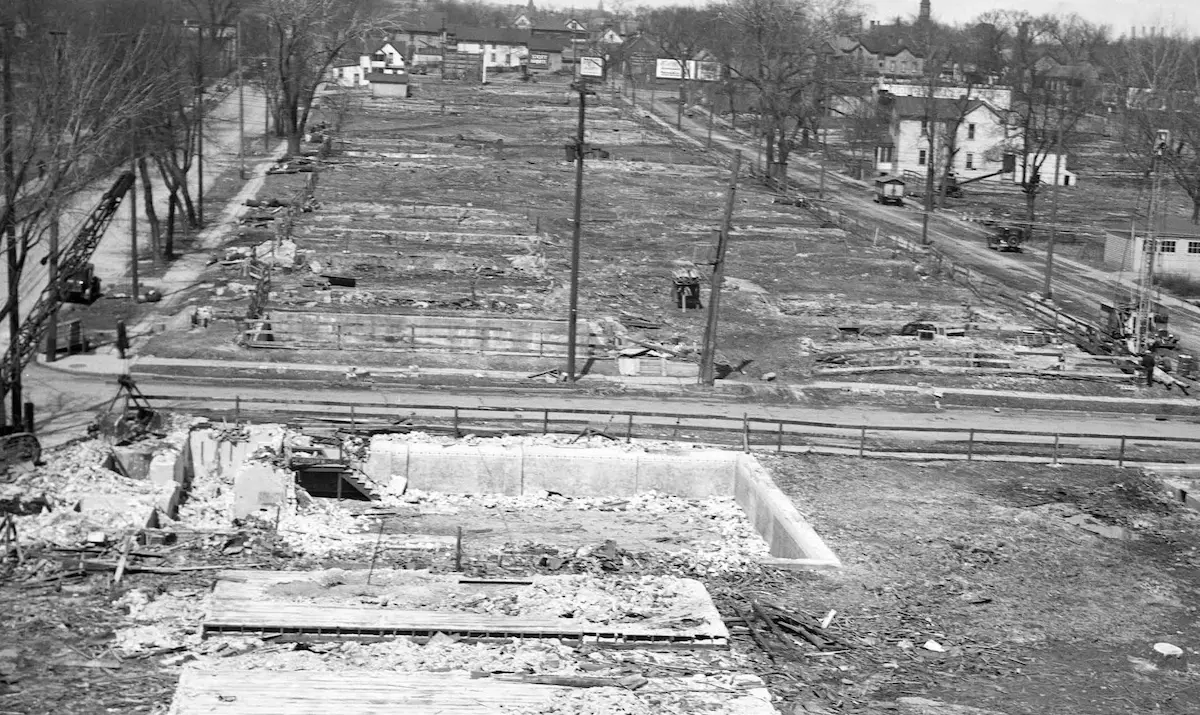
Olson Memorial Highway continues to harm the neighborhood today.
Olson Memorial Highway is redundant to 394 and sees less traffic than Broadway Avenue. The intersections along the highway are the most dangerous in Minneapolis, topping the Vision Zero high-injury crash network list. It became a place to funnel traffic, a place to experiment on solutions to exploitative housing systems. And yet, the rich legacy of culture, business success, and racial integration shine a light on the necessity to bring back 6th Avenue North.
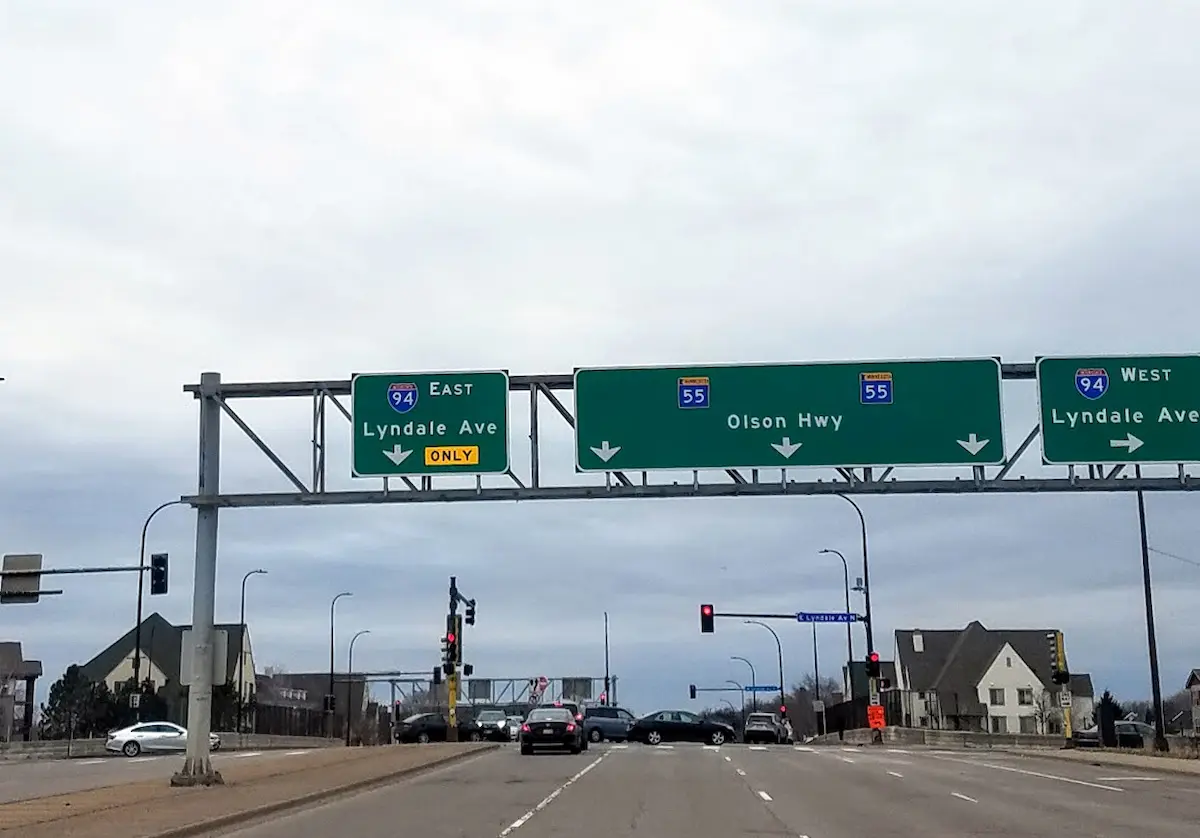
It has been remade, many times over. This time, let’s remake it for the people who live here.
From this layered collage of time and place emerges a vision of a walkable, livable, and persistently vibrant avenue that can be reimagined and rebuilt today. The voices from the past and present can speak together for a new, more community-centered version of The Avenue.
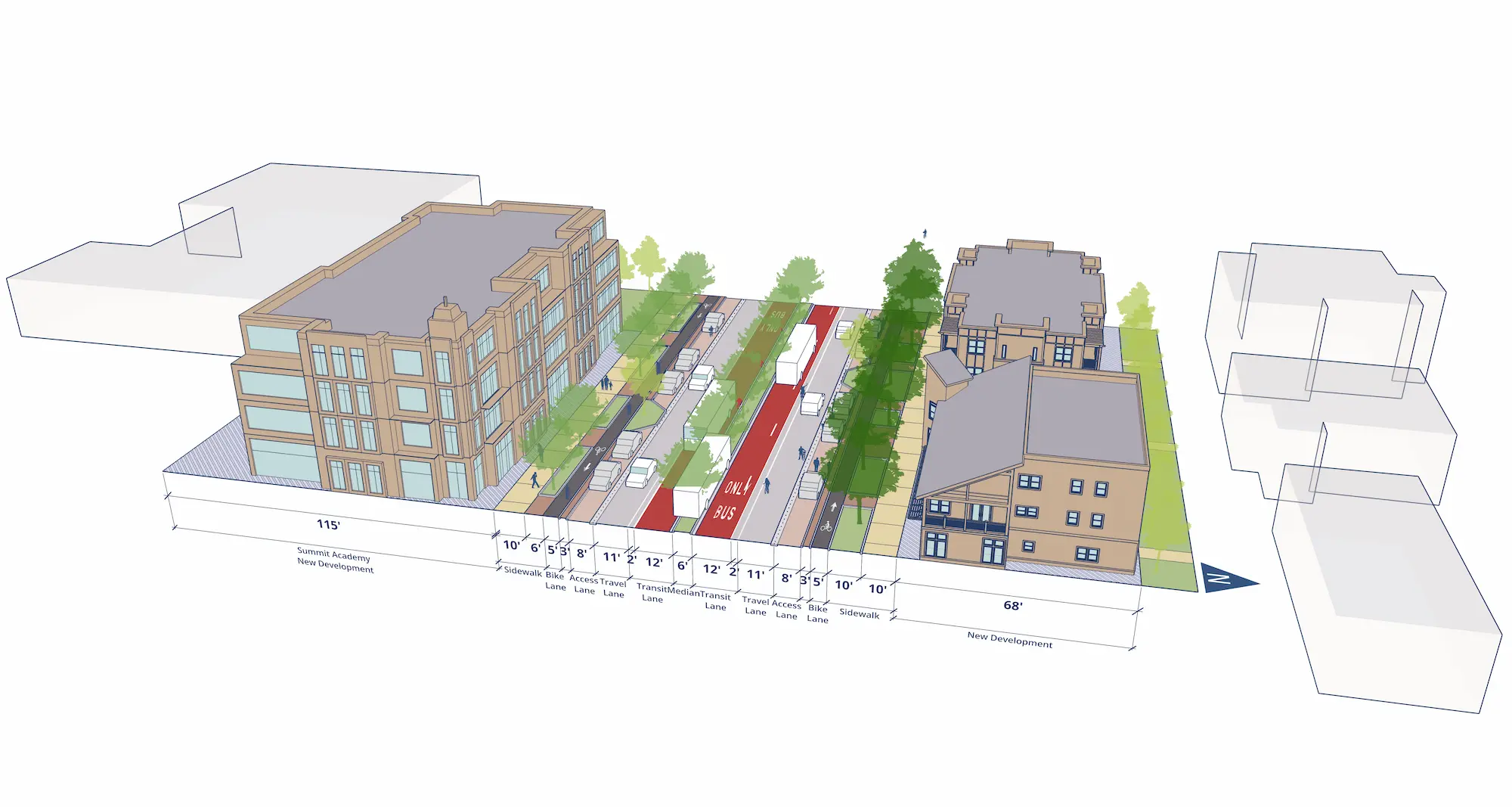
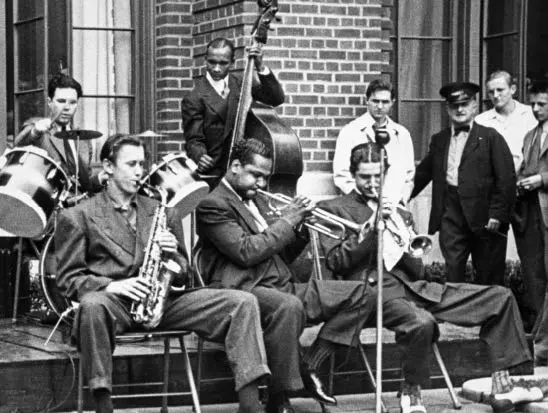
PRESERVING PUBLIC HISTORY
A Public History of Old 6th Avenue
Our Streets collaborated with the Mapping Prejudice Project and the University of Minnesota Heritage Studies and Public History Program to preserve the neighborhood’s history. Today, it is largely absent from the collective memory of the people who now call North Minneapolis home.
COMMUNITY
Share your story
Did your grandparents live on old 6th Avenue North? Have you struggled to cross the highway? Tell us about your experience living or working near Olson Memorial Highway.
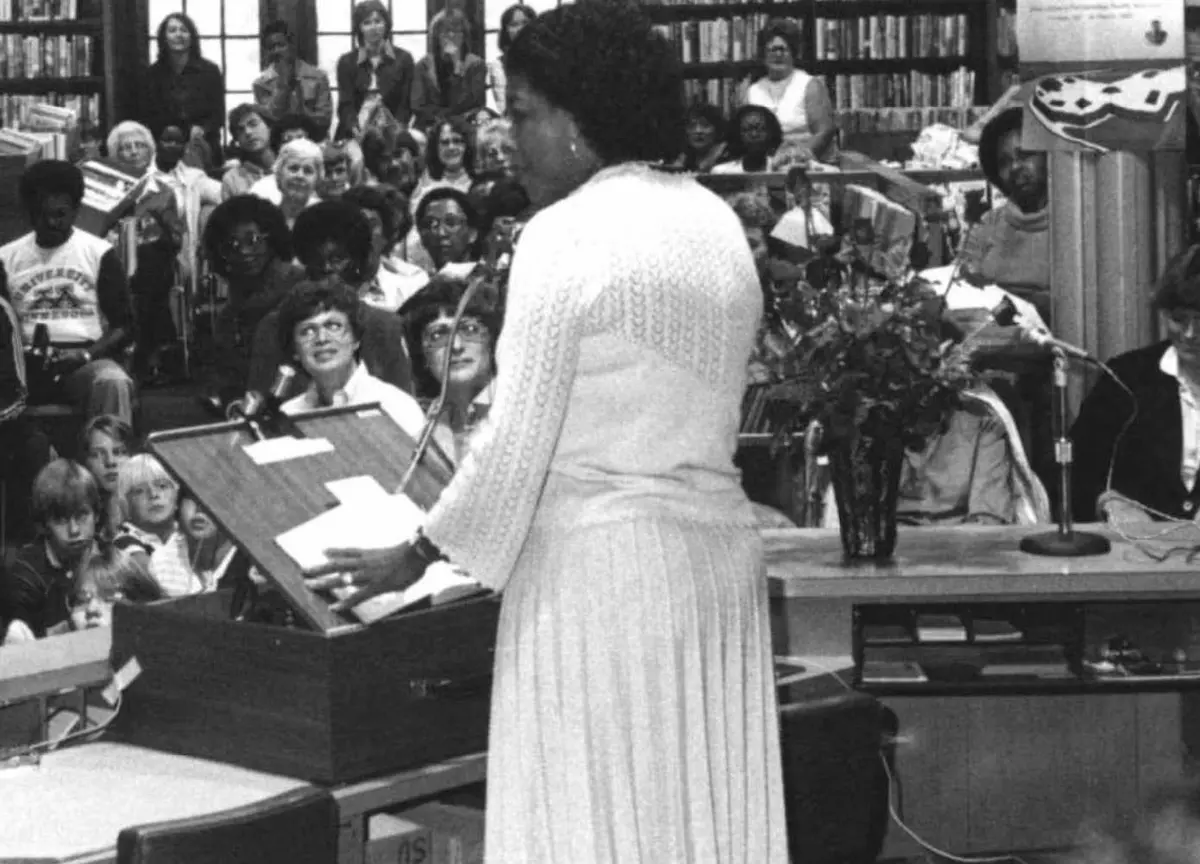
The Near-North community is asking for safety and reparative justice.
It’s time to Bring Back 6th Avenue.
Olson Memorial Highway devastated the community when constructed, and continues to harm neighboring residents today.
9 days
On average, every 9 days, a crash that results in injury occurs on Olson Memorial Highway (according to crash data from 2014-2023)
5x
The asthma hospitalization rate along Olson Memorial Highway is 5x the state average
1
One building from 6th Avenue North, Sumner Library, survived the construction of Olson Memorial Highway and ensuing disinvestment and displacement
